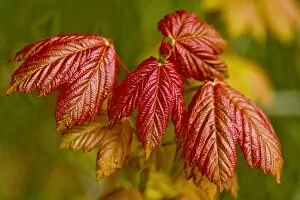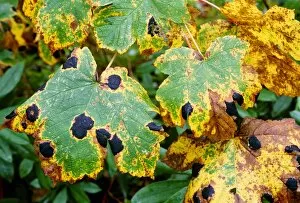Acer Pseudoplatanus Collection (#3)
The majestic Acer pseudoplatanus, commonly known as the Sycamore maple or planetree maple, is a captivating tree that can be found in various locations across Europe
For sale as Licensed Images
Choose your image, Select your licence and Download the media
The majestic Acer pseudoplatanus, commonly known as the Sycamore maple or planetree maple, is a captivating tree that can be found in various locations across Europe. In Powys, Wales, one can witness the intricate beauty of this species with Coral Spot Fungus (Nectria cinnabarina) fruiting bodies adorning its twigs. The vibrant red hues of these fungi create a striking contrast against the tree's bark. In Hadrian's Wall, Northumberland and Sycamore Gap, this resilient tree thrives amidst historical ruins. It stands tall and proud while providing shelter for numerous bird species such as the Eurasian golden oriole (Oriolus oriolus) and European robin. These avian creatures find solace perched on its branches, adding life to its already picturesque presence. As autumn arrives in Austria's Tyrolia region, Schwaz becomes adorned with breathtaking colors as Sycamore maples transform into a symphony of oranges and yellows. This seasonal spectacle captivates visitors who are fortunate enough to witness nature's artistry at play. However, not all encounters with they can idyllic. The black fungus Rhytisma acerinum occasionally attacks these trees' leaves, leaving behind dark marks that mar their otherwise flawless appearance. Yet even in adversity, they stand strong. For those curious about what lies beneath their surface beauty - an X-ray image reveals the intricate structure of a Sycamore twig and trunk. It showcases the complexity hidden within these seemingly ordinary trees. Whether it be flourishing alongside ancient walls or displaying stunning autumnal shades in Austria's landscapes - Acer pseudoplatanus continues to enchant us with its resilience and natural splendor wherever it may grow.












